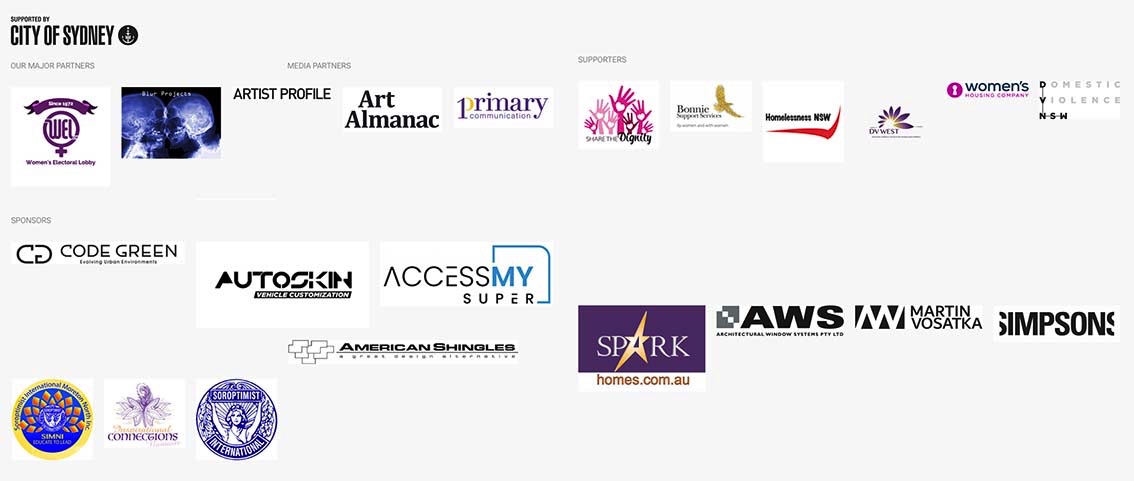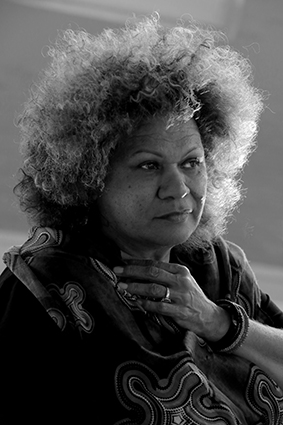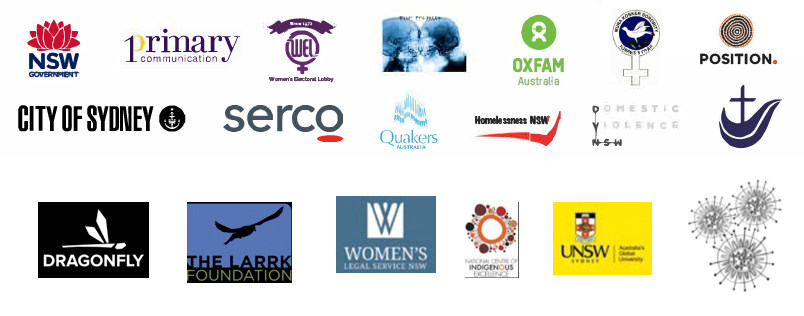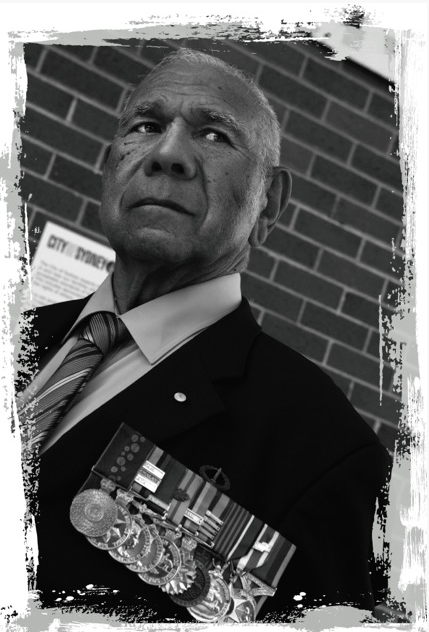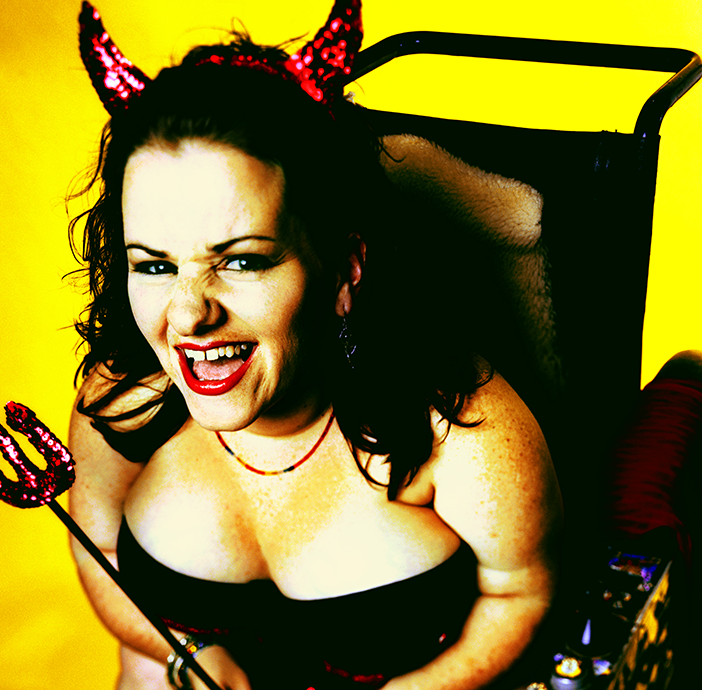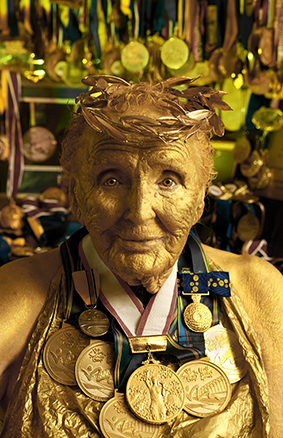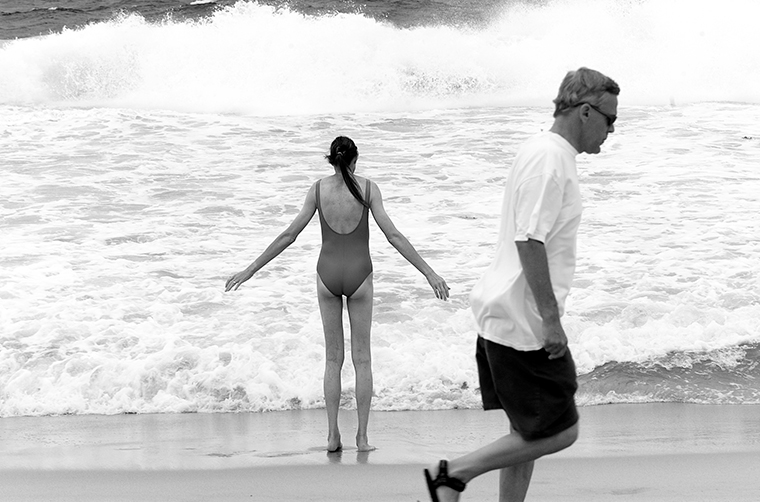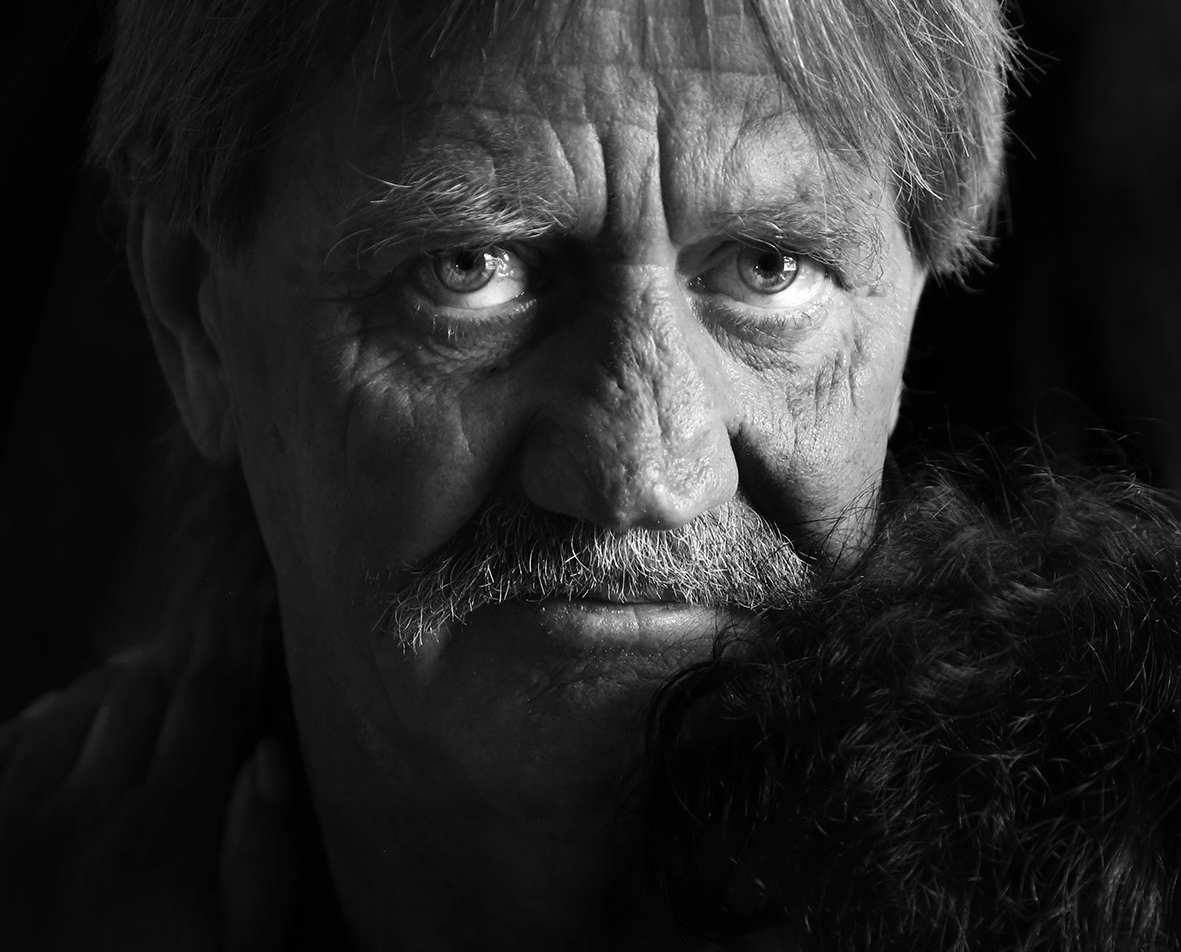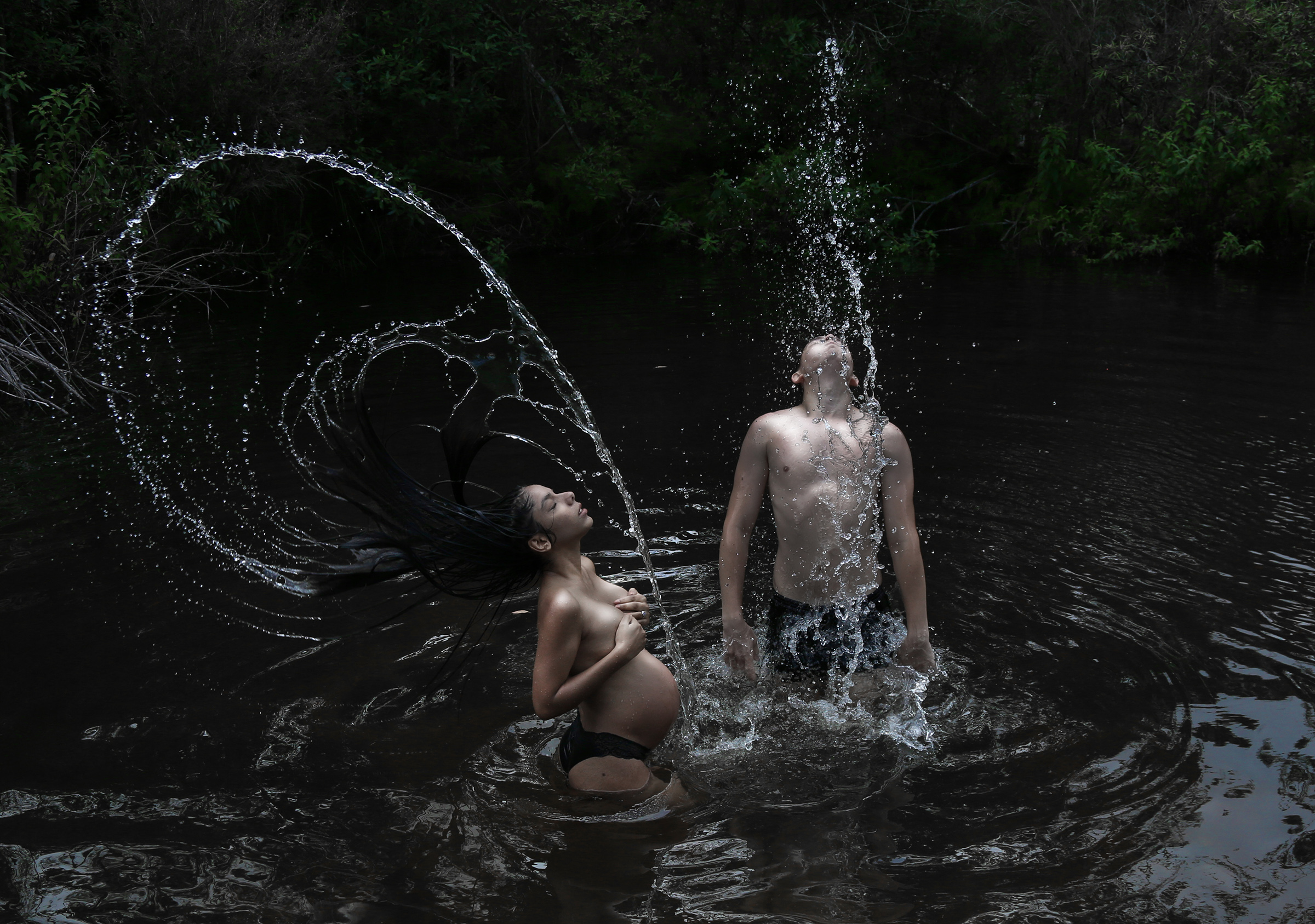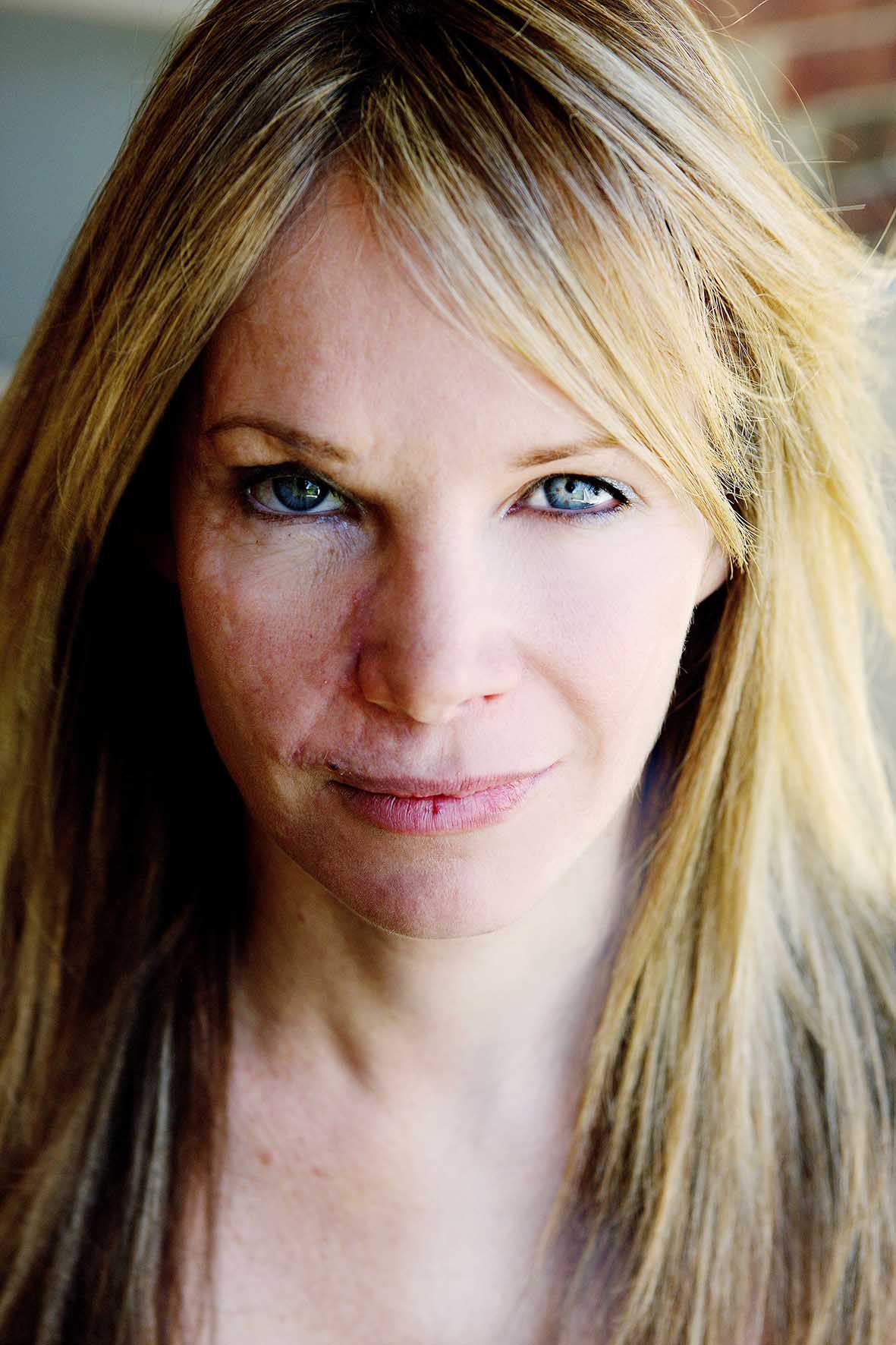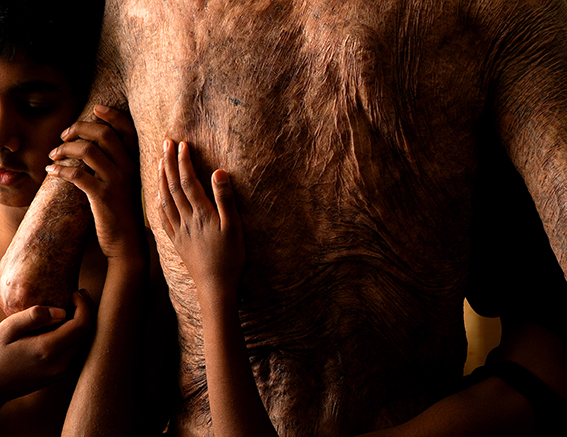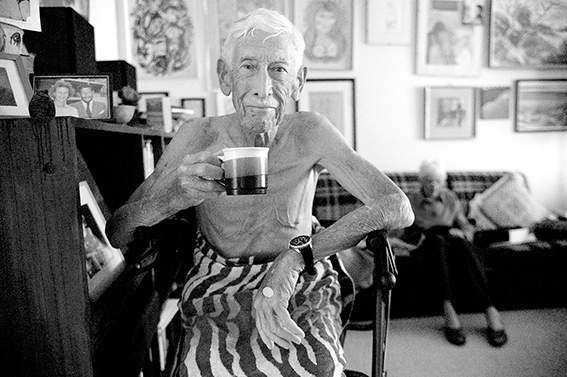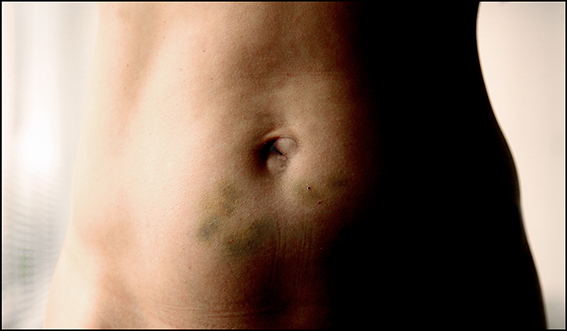The Museum of Understanding Through Tolerance and Inclusion supports multi-media projects and exhibitions which provide personal insights into the lived experience of people who are marginalised by multiple discriminations. These stories challenge audiences to reconsider any prejudices and misconceptions they may have. Our goal is to raise public consciousness on diversity and difference. We ask you to open your heart and mind to the participants of these projects, as they have not only exposed their body by participating but also their soul by sharing their most intimate of emotions and thoughts. The support and guidance of the participants from each project has been critical to the integrity of the works.
The projects consist of short films, books, apps, audio interviews, soundscapes, 2D photographic images plus non-traditional 3D sculptural photographic artworks.
We hope that you take the time to view the many different projects that we have created. The projects also have apps for people with sensory, cognitive or learning impairments, books, and film documentaries, hard copy text panels and catalogues. Some projects also include artworks or precious items that the participants have provided to create a larger context of their lives. Each exhibition is available for display and can be curated to suit the space enabling the audiences to immerse themselves into the world of the participants and the artists.
Here are some of our projects:

